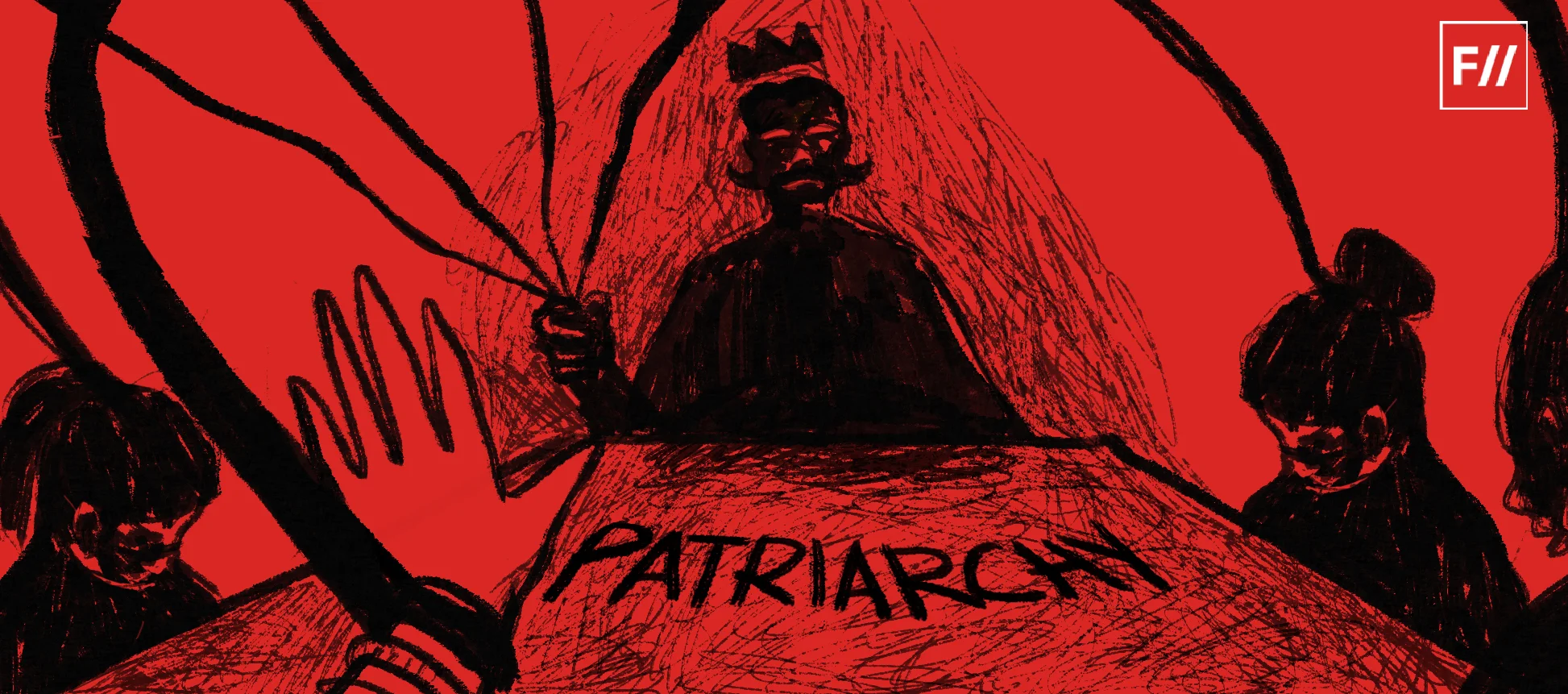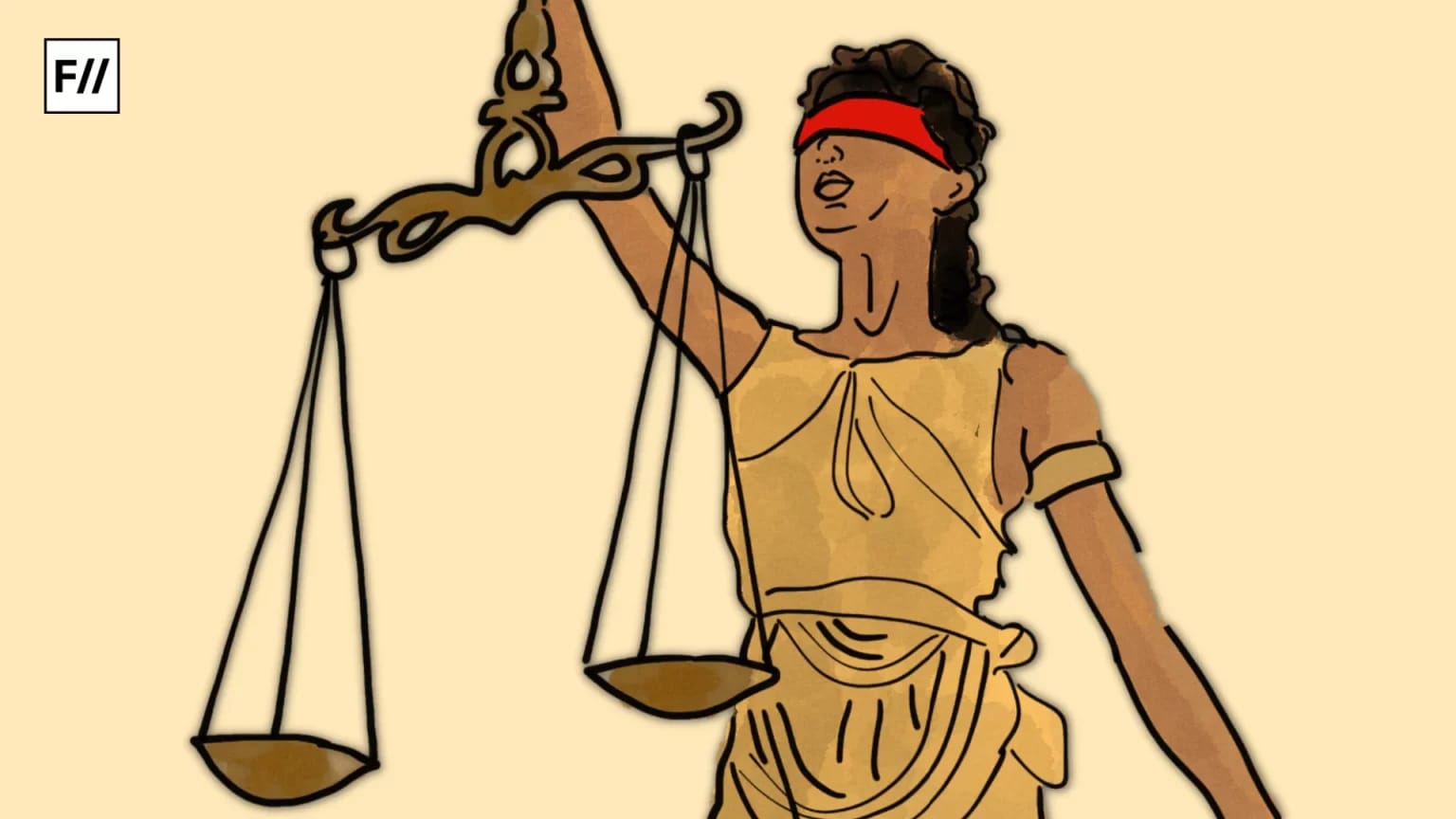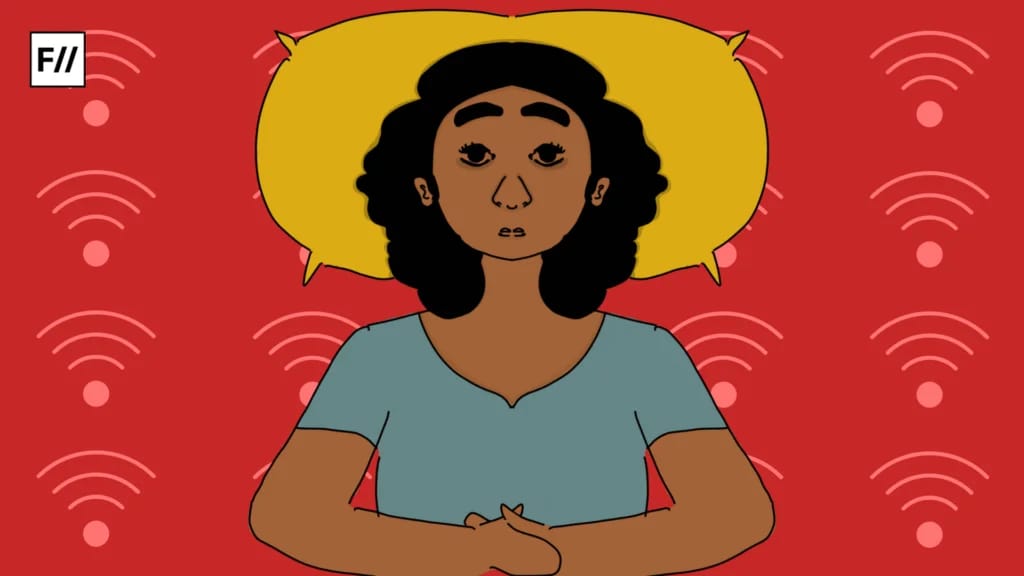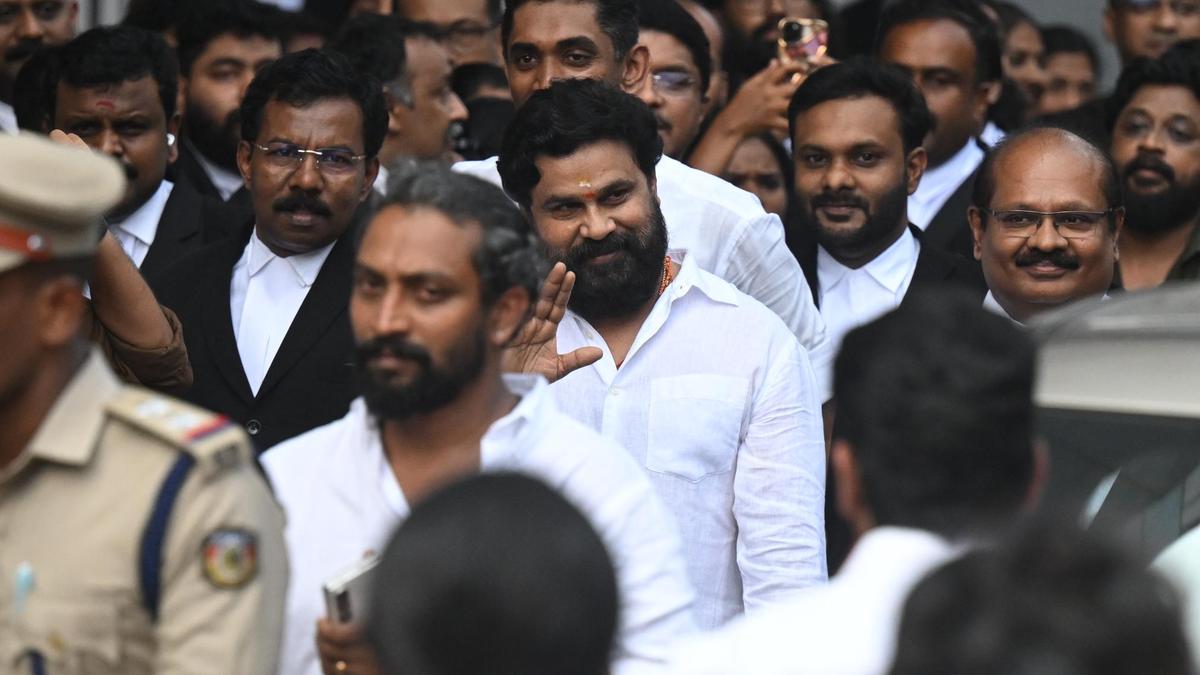Gender-based violence (GBV) can manifest in a variety of ways. However, in the public and institutional imagination, when discussing violence against women, stranger-perpetrated sexual violence dominates discourse and forms the basis for most policy interventions centred on women’s safety. While Indian women undoubtedly face the prospect of stranger-perpetrated sexual violence, one common manifestation of GBV that is often overlooked and minimised is spousal violence.
According to the National Crime Records Bureau (NCRB)’s recently released Crime in India report, violence against women rose by 0.7 per cent in the country between 2022 and 2023, increasing from 4.45 lakh to 4.48 lakh recorded cases. Of these, the largest portion of cases were instances of ‘cruelty by husband or relatives of husband’, making up 29.8 per cent of total crimes committed against women. While instances of spousal violence accounted for the greatest percentage of cases in 2023, this figure for 2023 was slightly lower than that of the preceding year (31.4 per cent). The report also noted that the crime rate per lakh women in 2023 stood at 66.2, a slight decrease from 2022’s 66.4, but a jump from 2021’s 64.5.
What constitutes ‘cruelty by husband’?
In India, a few laws exist to address spousal violence. The Protection of Women from Domestic Violence Act, 2005, has criminal and civil provisions to address spousal violence against women. For spousal violence as a consequence of dowry demands, the Dowry Prohibition Act, 1961, exists. However, the law which explicitly deals with ‘cruelty by husband’ is currently Section 85 of the Bharatiya Nyaya Sanhita (BNS). However, the BNS only came into force in July 2024, and during the period mentioned in the NCRB’s report, Section 498A of the Indian Penal Code (IPC) was used to prosecute cruelty by husbands and their families.
Spousal violence being the leading form of gender-based violence in India keeps with global trends. As per the UN, the home is the most dangerous place for women and a woman is killed every 10 minutes by their spouse/partner or family.
The IPC’s Section 498A dealt with ‘husband or relative of husband of a woman subjecting her to cruelty’. As per this law, the quantum of punishment for those convicted for crimes under the section was three years in prison and/or a fine. Section 498A defined cruelty as such –
‘a) any wilful conduct which is of such a nature as is likely to drive the woman to commit suicide or to cause grave injury or danger to life, limb or health (whether mental or physical) of the woman; or
(b) harassment of the woman where such harassment is with a view to coercing her or any person related to her to meet any unlawful demand for any property or valuable security or is on account of failure by her or any person related to her to meet such demand.’
However, what exactly qualifies as cruelty and what doesn’t is open to the interpretation of the courts. The Supreme Court has clarified that allegations of cruelty must be specific and detailed. A notable exception in what constitutes cruelty, however, is marital rape. Indian law does not recognise or criminalise marital rape and laws against the cruelty of husbands and domestic violence do not cover sexual violence committed by spouses.
Global trends in spousal violence
Spousal violence being the leading form of gender-based violence in India keeps with global trends. As per the UN, the home is the most dangerous place for women and a woman is killed every 10 minutes by their spouse/partner or family. Women are most likely to face violence at the hands of an intimate partner. The UNFPA’s dashboard on intimate partner violence (IPV), containing data for 119 countries, including India, revealed that younger women who are below the age of 35 were the most vulnerable to IPV. For India, data from 2016 is used, which puts the IPV rate at 22 per cent for women between the ages of 15 and 49. While not the highest globally, this number is still on the higher end.
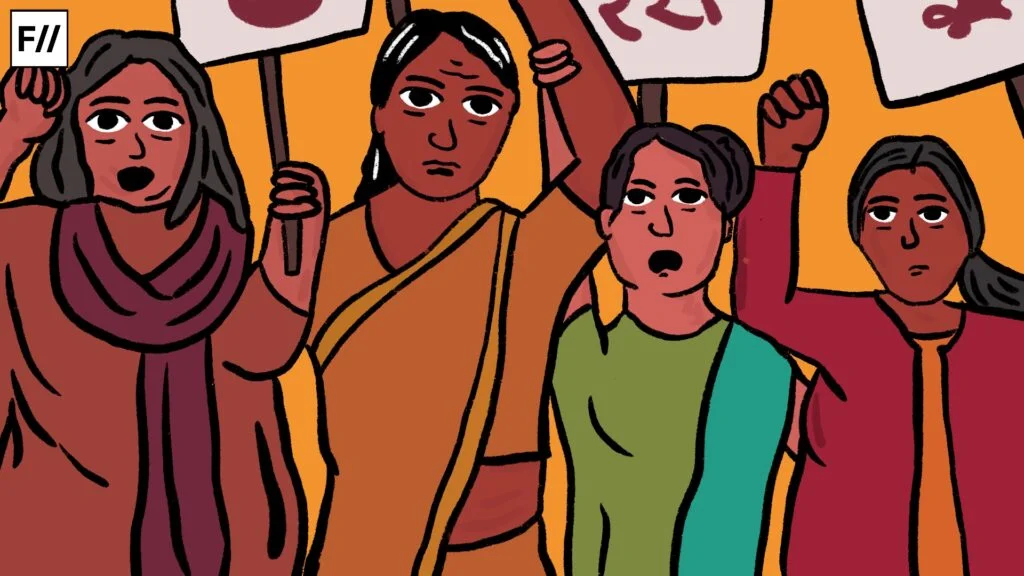
According to the World Bank’s Gender Data Portal, 1 in 4 women above the age of 15 have suffered IPV at least once in their lifetime. Going by 2018 population data, the WHO estimates that this means 641 million women globally have faced such violence. It’s also noted that real numbers are likely to be much higher because many instances of IPV can go unreported due to social stigma and the threat of further violence. South Asia emerged as the region with the highest prevalence of IPV (35 per cent), followed by Sub-Saharan Africa (33 per cent). According to this data, in India, 18 per cent of women between the ages of 15 and 49 faced IPV in the preceding 12 months (2021).
Why spousal violence remains so high in India
Women’s risk of encountering spousal violence has multiple facets. Social, economic, and institutional factors all play a role in the prevalence of spousal violence in the country. When a patriarchal institution such as marriage operates within a deeply patriarchal society, inequalities between partners that worsen power disparities are inevitable. Further, cultural norms in India often expect women to be subservient to their husbands and externalise their autonomy to them, further skewing the power dynamic within households against them. In such an environment, where women hold little to no power, spousal abuse can run rampant because of the lack of options that are available to women who want to leave violent marriages.
Socio-cultural norms that normalise spousal violence are also to blame. The widespread normalisation of spousal violence conditions women into having higher tolerance for abuse by positioning it as a part and parcel of marriage. Indian women express approval for wife-beating at rates consistent with men. Data from the National Family Health Survey (NFHS)-5 revealed that 45.4 per cent of women and 44 per cent of men, from over six lakh households surveyed, agreed that at least one of seven listed reasons provided justified a husband physically assaulting his wife.
While these numbers are astonishingly high, the number of women who expressed approval for such violence had in fact reduced from 52 per cent in the NFHS-4 survey, while the number of men who justified spousal abuse rose by two percentage points. The data also revealed that of women who had faced physical violence at any point between the ages of 15 and 49, 84 per cent said that their current spouse was the perpetrator of such abuse. Further, 29 per cent of women surveyed had faced physical violence from their spouses in the preceding 12 months.
When spousal violence is normalised to this extent, if women stand up to such violence, they are dismissed and often forced into silence. In the recent Noida dowry murder case, where a woman was burnt alive by her husband and his family due to their demands for additional dowry not being met, Nikki Bhati’s family was aware of the violence but had urged her to return to her husband’s house. Cultural acceptance of physical violence by husbands, when combined with the stigma associated with divorce, keeps women in dangerous and life-threatening situations by prioritising family honour and social standing instead of women’s safety. Patriarchal institutions like khap panchayats also exert external pressure on women and their families to remain in violent marriages for the honour of the community.
These social attitudes surrounding spousal violence and dowry, the stigma surrounding divorce, and a culture of silence also translate into institutional barriers. Spousal violence in India continues to be seen as a ‘private’ matter and institutions such as panchayats and the police tend to discount spousal violence as real violence and often fail to view it with similar severity as other forms of violence.
The role dowry plays in contributing to the increasing rates of spousal violence is undeniable. Many cases of cruelty by husbands and in-laws are a consequence of unmet dowry demands. Violence is often employed to extract further dowry from the families of women, with the understanding that the violence would stop if these demands are met. In Nikki Bhati’s case, her husband and his family had made the demand for a further INR 36,00,000. On the other hand, the wife of Bhati’s brother has alleged that Bhati’s parents have been demanding additional dowry from her as well.
Days after Bhati’s death, a woman from MP was physically assaulted and branded with a hot knife by her husband over dowry. In August, a UP woman died after being forced to drink acid by her husband and in-laws over unmet dowry demands. This week, a pregnant woman was beaten to death in UP by her husband and in-laws for not meeting their demands for additional dowry. These cases, however, are a drop in the ocean.
Further, most dowry-related violence that makes the news involves instances of dowry murders, but many cases of dowry-related torture likely go unreported and underreported in the media. The same NCRB report found that dowry cases in India rose by 14 per centbetween 2022 and 2023, with 6100 women killed in 2023 for dowry. That’s nearly 42 cases registered daily, and 16 women killed every day.
These social attitudes surrounding spousal violence and dowry, the stigma surrounding divorce, and a culture of silence also translate into institutional barriers. Spousal violence in India continues to be seen as a ‘private’ matter and institutions such as panchayats and the police tend to discount spousal violence as real violence and often fail to view it with similar severity as other forms of violence. Further, patriarchal notions that require women to perform unpaid domestic and care labour keep them economically reliant on their spouses for their survival and that of their children. Without access to or control over money, leaving violent marriages or seeking legal remedies is often not feasible. Further, the threat of retaliatory violence also looms large.
Instances of cruelty by husbands will continue to dominate violence against women unless serious steps are taken to address the socio-cultural, economic, and institutional attitudes that normalise it and allow for spousal violence to be carried out with impunity and even social sanction. Legislative measures, without robust socio-economic interventions to decrease gender disparity, will always fall short, as evidenced in India’s case.
India has long had legislation against spousal cruelty, domestic violence, and dowry. Yet these legislative measures have not meaningfully addressed these issues because they do not address the patriarchy and misogyny underlying these practices. Spousal violence is a multi-faceted issue that has no simple solutions. However, in the absence of urgent, meaningful interventions, Indian women will continue to face the prospect of violence and death in their own homes.
About the author(s)
